Investigation on Characterization of Typical Characteristic in Compressor Based on Flat Plate Model
Abstract
:1. Introduction
2. Flow-Induced Noise Theory
3. Noise Experiments and Results
3.1. Measurement System
3.2. Analysis of Noise Characteristics under Abnormal Vibration of Rotor Blades
4. Acoustic Resonance in Pipe Cavity
4.1. Computational Model and Parameter
4.2. Characteristics of Shedding Vortex at the Wake of Plate
4.3. Characteristics and Mechanism Analysis of Frequency Locked in Acoustic Resonance State
5. Conclusions
- (1)
- The experimental test of the noise between the stages of the compressor is implemented in this investigation. The internal noise spectrum of the compressor presents typical broadband noise characteristics, and there are several characteristic frequencies with discrete pure sound components. The pure sound component appears at 1402 Hz, when the abnormal vibration of high-amplitude value occurs in Rotor1 of the high-pressure compressor. The sound pressure levels of the noise signals measured at four different measuring points along the axial direction of the compressor at the characteristic frequency of 1402 Hz, before and after the abnormal vibration of Rotor1 of the high-pressure of the compressor occurs, are all the maximum value at the position directly above the measuring point over all rotational speed conditions. When the vibration amplitude of the rotor blade sustains a relatively large value, the sound pressure level of the noise signal measured at all measuring points also reaches the maximum at this characteristic frequency. In addition, the sound pressure level directly above the rotor blade is the highest, which is up to 154 dB.
- (2)
- The characteristic frequency of 1402 Hz remains constant over a specific speed range, when the high-amplitude vibration of Rotor1 of the high-pressure compressor of the engine occurs, i.e., the phenomenon of “frequency-locked”. The characteristic frequency sound signal is the same sound wave at the different axial positions of the compressor, and its propagation state in the compressor flow channel is a helix structure. The characteristic above is consistent with the features when the onset of acoustic resonance is excited in the compressor. The work presented in this research can provide data basis for the analysis of the vibration mechanism of the compressor rotor blades, and provide the guidance for the application of acoustic methods in the engineering field for the condition monitoring and structural troubleshooting of a compressor.
- (3)
- The typical Parker resonance regime occurs in the rectangular tube model by the calculation method proposed in the paper, which characterizes the distribution characteristics of the shedding vortices at the acoustic resonance condition in detail. The acoustic resonance frequency of the tube coincided with the corresponding result in the literature. The resonance frequency error between the calculation result and the result in reference is 3.6%. Additionally, the “frequency locking” feature and β mode of acoustic resonance are captured. The acoustic analogy method is suitable for the characterization of the mechanism of pipeline acoustic resonance over the flow conditions of low Mach number and high Reynolds number. In addition, the typical characteristics of a compressor can be captured effectively at the onset of acoustic resonance. The research method can provide certain method guidance for the research on the mechanism of acoustic resonance of aeroengine compressors.
Author Contributions
Funding
Institutional Review Board Statement
Informed Consent Statement
Data Availability Statement
Acknowledgments
Conflicts of Interest
References
- Hellmich, B.; Seume, J.R. Causes of acoustic resonance in a high-speed axial compressor. J. Turbomach. 2008, 130, 031003–031011. [Google Scholar] [CrossRef]
- Ziada, S.; Oengoren, A.; Vogel, A. Acoustic resonance in the inlet scroll of a turbo-compressor. J. Fluids Struct. 2002, 16, 361–373. [Google Scholar] [CrossRef]
- Department of Defense Handbook. In Engine Structural Integrity Program (ENSIP); MIL-HDBK-1783B; Department of Defense: Washington, DC, USA, 2004.
- Parker, R. An investigation of acoustic resonance effects in an axial flow compressor stage. J. Sound Vib. 1968, 8, 281–297. [Google Scholar] [CrossRef]
- Legerton, M.L.; Stoneman, S.A.; Parker, R. An experimental investigation into flow induced acoustic resonances in an annular cascade. In Proceedings of the 5th International Conference on Flow induced Vibrations, Brighton, UK, 20–22 May 1991. [Google Scholar]
- Weidenfeller, J.; Lawerenz, M. Time resolved measurements in an annular compressor cascade with high aerodynamic loading. In Proceedings of the ASME Turbo Expo 2002: Power for Land, Sea, and Air, Amsterdam, The Netherlands, 3–6 June 2002; pp. 751–758. [Google Scholar]
- Cyrus, V.; Rehak, K.; Polansky, J. Aerodynamic causes of stator vanes damage of the Alstom as turbine compressor in the gasification combined cycle using brown coal. In Proceedings of the 6th conference on Turbomachinery: Fluid Dynamics and Thermodynamics, Lille, France, 7–11 May 2005. [Google Scholar]
- Camp, T.R. A study of acoustic resonance in a low-speed multistage compressor. J. Turbomach. 1999, 121, 36–43. [Google Scholar] [CrossRef]
- Zhao, F.; Yan, M.; Jing, X.; Wang, D.; Sha, Y.; Liu, Y. Physical Model for Acoustic Resonance in the Annular Cavity Structure. Chin. J. Aeronaut. 2020, 33, 3228–3237. [Google Scholar] [CrossRef]
- Parker, R. Resonance effects in wake shedding from parallel plates: Some experimental observations. J. Sound Vib. 1966, 4, 62–72. [Google Scholar] [CrossRef]
- Parker, R. Resonance effects in wake shedding from parallel plates: Calculation of resonant frequencies. J. Sound Vib. 1967, 5, 330–343. [Google Scholar] [CrossRef]
- Parker, R. Resonance effects in wake shedding from compressor blade. J. Sound Vib. 1967, 6, 302–309. [Google Scholar] [CrossRef]
- Parker, R.; Griffiths, W. Low frequency resonance effect in wake shedding from parallel plates. J. Sound Vib. 1968, 7, 371–379. [Google Scholar] [CrossRef]
- Clements, R. An inviscid model of two-dimensional vortex shedding. J. Fluid Mech. 1973, 57, 321–336. [Google Scholar] [CrossRef]
- Yokoyama, H.; Kitamiya, K.; Iida, A. Flows around a cascade of flat plates with acoustic resonance. Phy. Fluids 2013, 25, 106104. [Google Scholar] [CrossRef] [Green Version]
- Welsh, M.; Stokes, A.; Parker, R. Flow-resonant sound interaction in a duct containing a plate, part 1: Semi-circular leading egde. J. Sound Vib. 1984, 95, 305–323. [Google Scholar] [CrossRef]
- Reyes, E.; Finnegan, S.; Meskell, C. Simulation of flow-induced acoustic resonance of bluff bodies in duct. In Proceedings of the ASME 2010 3rd Joint US-European Fluids Engineering Summer Meeting collocated with 8th International Conference on Nanochannels, Microchannels, and Minichannels, Montreal, QC, Canada, 1–5 August 2010; pp. 805–813. [Google Scholar]
- Thompson, M.; Hourigan, K.; Welsh, M. Prediction of vortex shedding from bluff bodies in the presence of a sound field. Fluid Dyn. Res. 1988, 3, 349–352. [Google Scholar] [CrossRef]
- Tan, B.; Thompson, M.; Hourigan, K. Sources of acoustic resonance generated by flow around a long rectangular plate in a duct. J. Fluid Struct. 2003, 18, 729–740. [Google Scholar] [CrossRef]
- Katasonov, M.M.; Sung, H.J.; Bardakhanov, S.P. Wake flow-induced acoustic resonance around a long flat plate in a duct. J. Eng. Thermophys. 2015, 24, 36–56. [Google Scholar] [CrossRef]
- Courtiade, N.; Ottavy, X. Experimental study of surge precursors in a high-speed multistage compressor. J. Turbomach. 2013, 135, 061018. [Google Scholar] [CrossRef] [Green Version]
- Cooper, A.J.; Peake, N. Trapped acoustic modes in aeroengine intakes with swirling flow. J. Fluid Mech. 2000, 419, 151–175. [Google Scholar] [CrossRef]
- Han, L.; Li, P.Y.; Yu, S.J.; Chen, C.; Fei, C.W.; Lu, C. Creep/fatigue accelerated failure of Ni-based superalloy turbine blade: Microscopic characteristics and void migration mechanism. Inter. J. Fatigue 2022, 154, 106558. [Google Scholar] [CrossRef]
- Han, L.; Wang, Y.B.; Zhang, Y.; Lu, C.; Fei, C.W.; Zhao, Y.J. Competitive cracking behavior and microscopic mechanism of Ni-based superalloy blade respecting accelerated CCF failure. Inter. J. Fatigue 2021, 150, 106306. [Google Scholar] [CrossRef]
- Curle, N. The influence of solid boundaries upon aerodynamic sound. Proc. R. Soc. London. Ser. A Math. Phys. Sci. 1955, 231, 505–514. [Google Scholar]
- Moin, P.; Mahesh, K. Direct numerical simulation: A tool in turbulence research. Ann. Rev. Fluid Mech. 1998, 30, 539–578. [Google Scholar] [CrossRef] [Green Version]
- Fei, C.W.; Liu, H.T.; Patricia Liem, R.; Choy, Y.; Han, L. Hierarchical model updating strategy of complex assembled structures with uncorrelated dynamic modes. Chin. J. Aeronaut. 2022, 135, 281–296. [Google Scholar] [CrossRef]
- Howe, M.S. Theory of Vortex Sound; Cambridge University Press: Cambridge, UK, 2003. [Google Scholar]
- Escobar, M. Finite Element Simulation of Flow-Induced Noise Using Lighthill’s Acoustic Analogy; Erlangen Nurnberg University: Erlangen, Germany, 2007. [Google Scholar]
- Inoue, O.; Hatakeyama, N. Sound generation by a two-dimensional circular cylinder in a uniform flow. J. Fluid Mech. 2002, 471, 285–314. [Google Scholar] [CrossRef]
- Cianferra, M.; Ianniello, S.; Armenio, V. Assessment of methodologies for the solution of the Ffowcs Williams and Hawkings equation using LES of incompressible single-phase flow around a finite-size square cylinder. J. Sound Vib. 2019, 453, 1–24. [Google Scholar] [CrossRef]
- Georgiadis, N.J. Large-eddy simulation: Current capabilities, recommended practices, and future research. AIAA J. 2010, 48, 1772–1784. [Google Scholar] [CrossRef]
- Smagorinsy, J. General circulation experiments with the primitive equations. Mon. Weather Rev. 1963, 91, 99–164. [Google Scholar] [CrossRef]
- Wegner, M.A.; Nance, D.; Ahuja, K. Characterization of short and infinite-line pressure probes for in-duct acoustic measurements under hostile environment. In Proceedings of the 28th AIAA Aeroacoustics Conference, Rome, Italy, 21–23 May 2007. [Google Scholar]
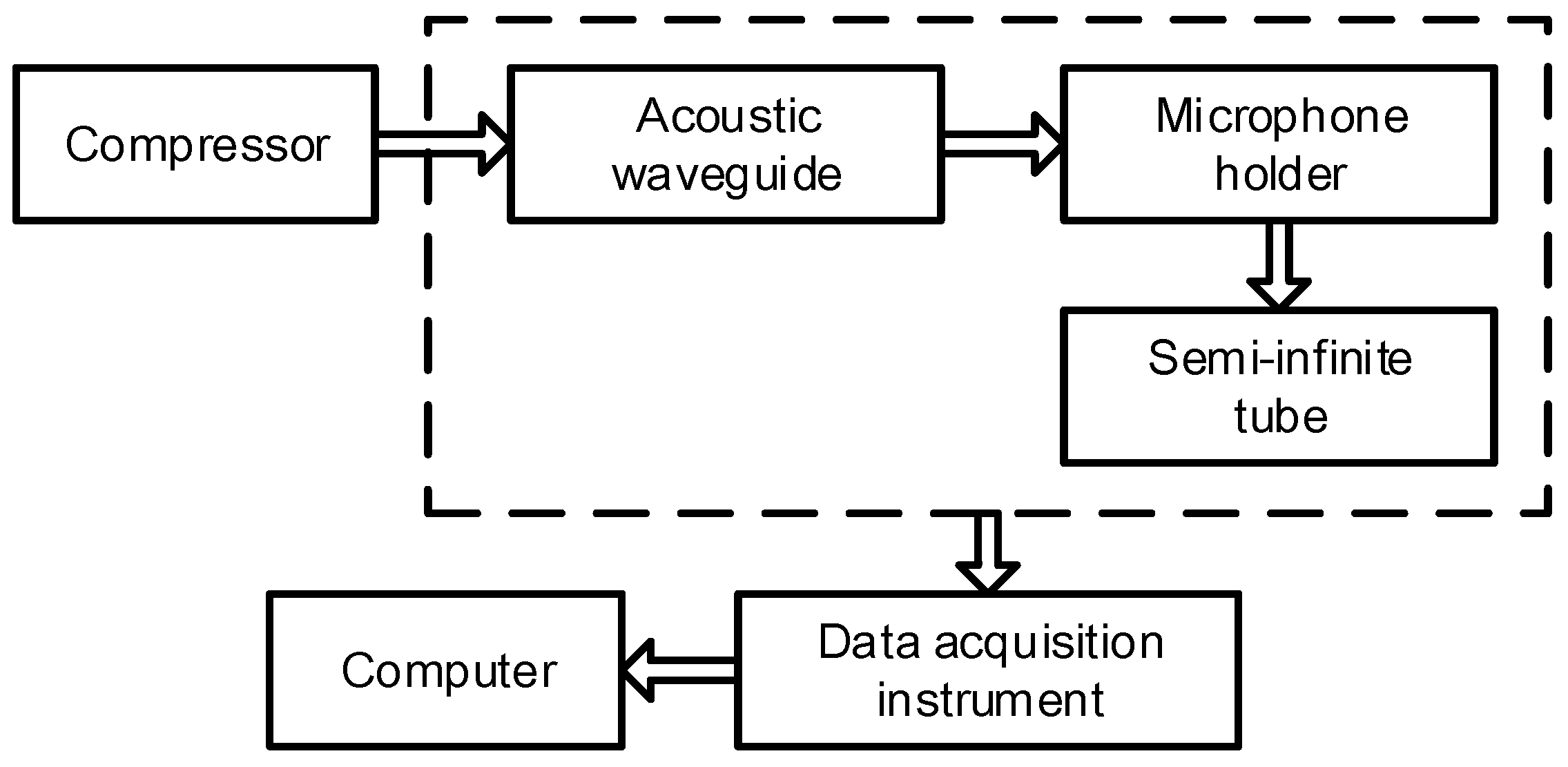
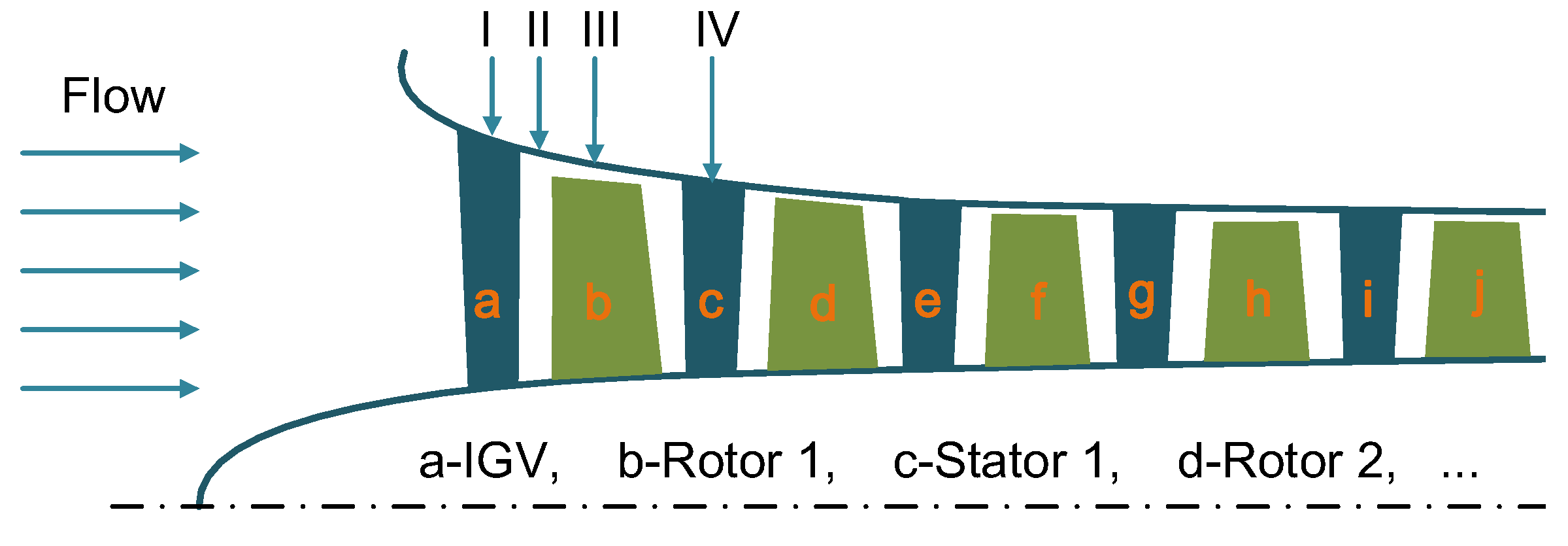
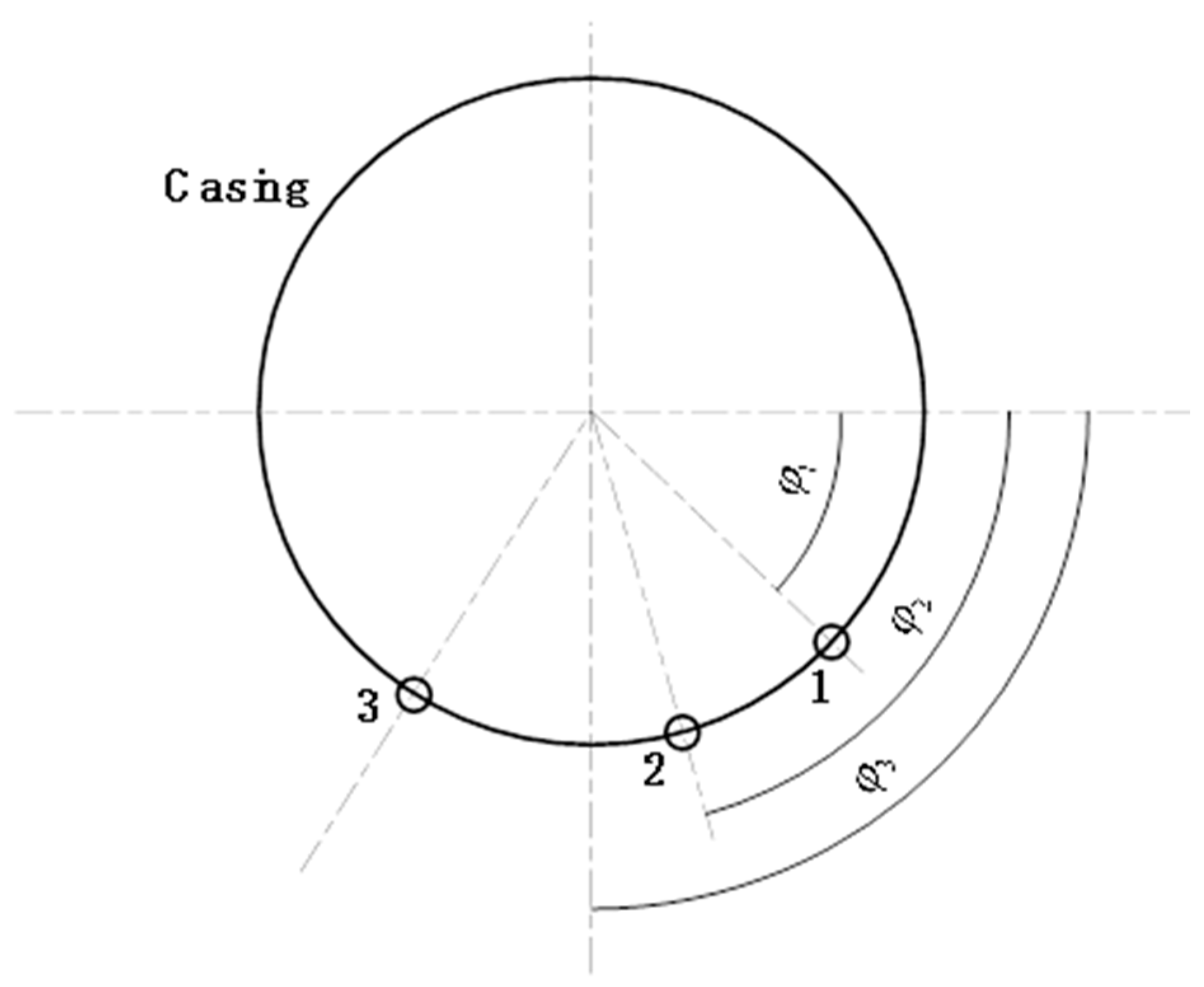

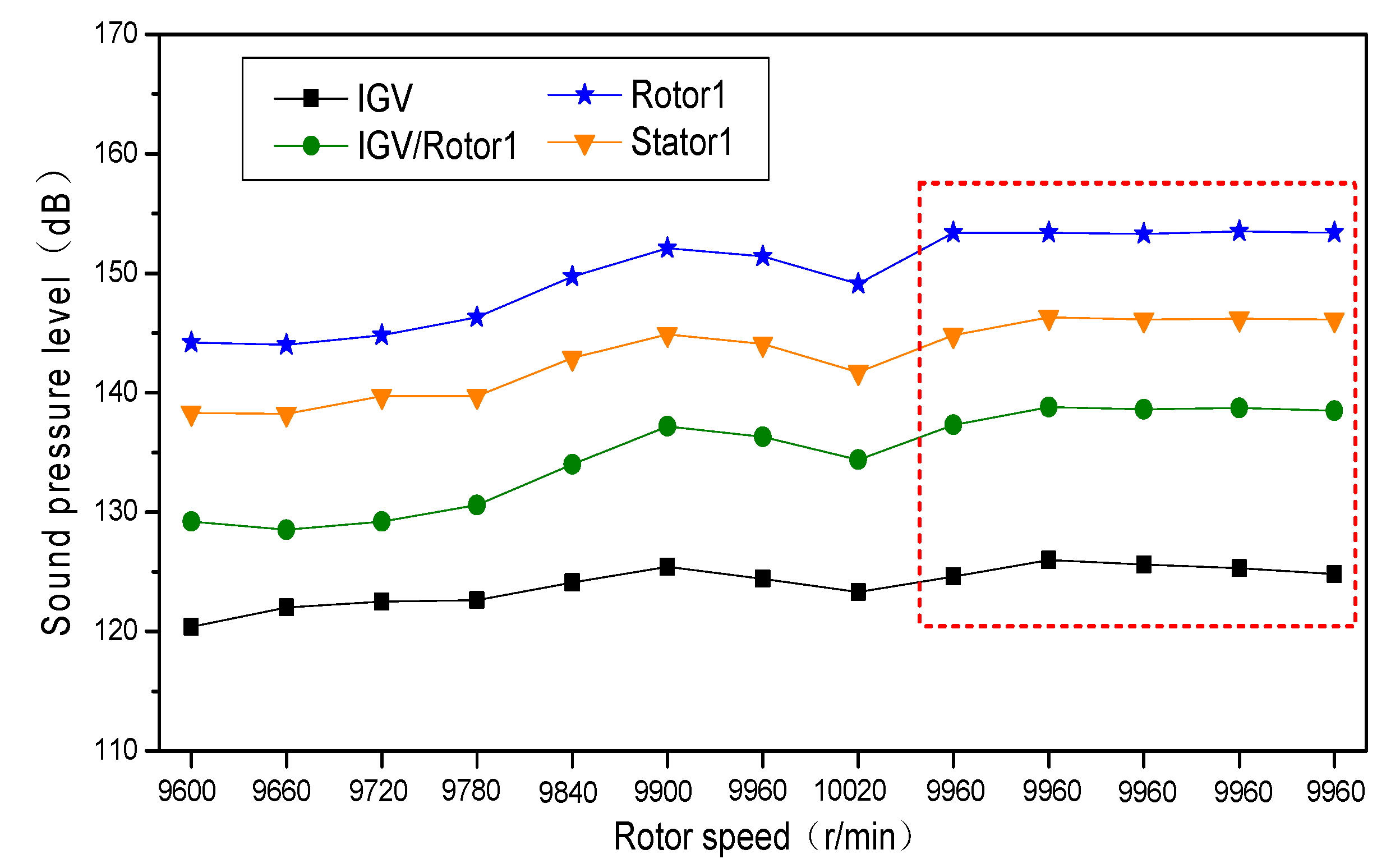
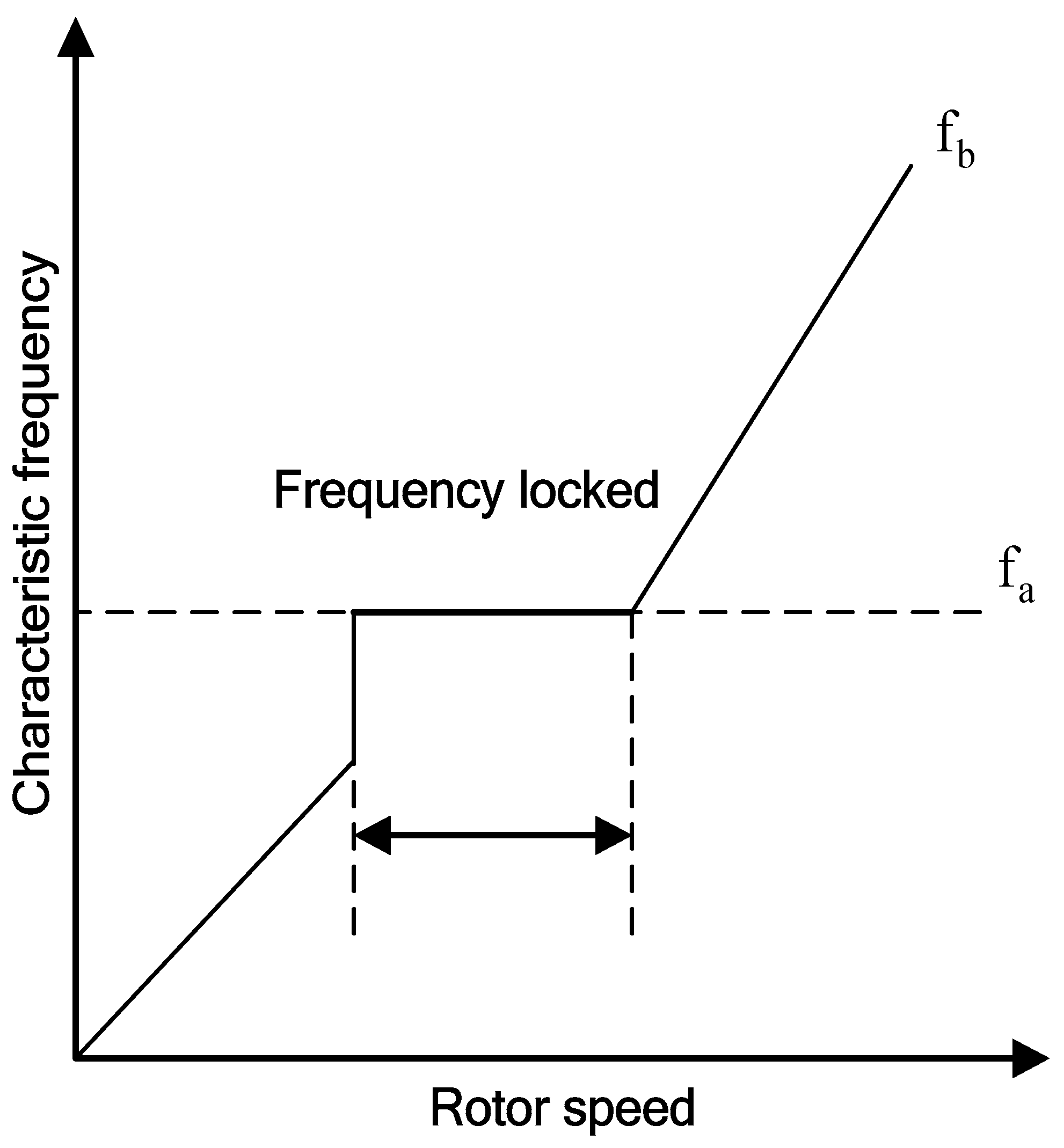
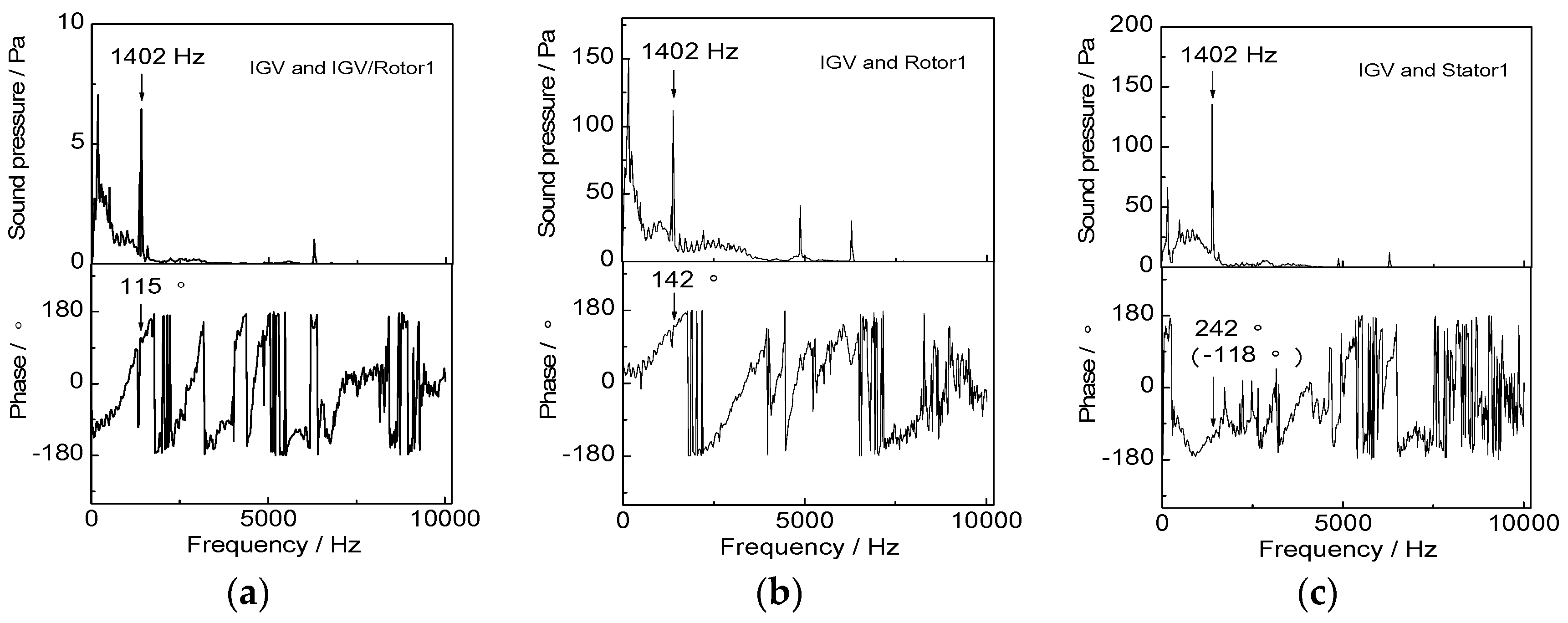
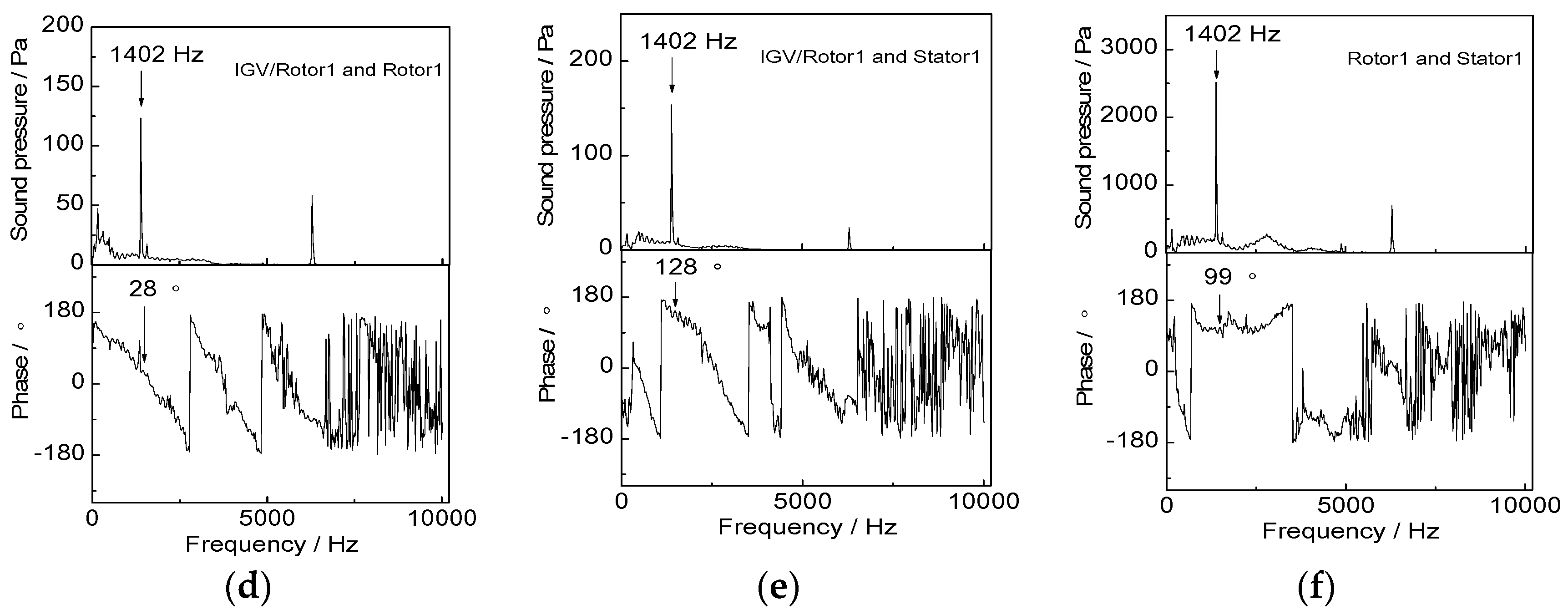

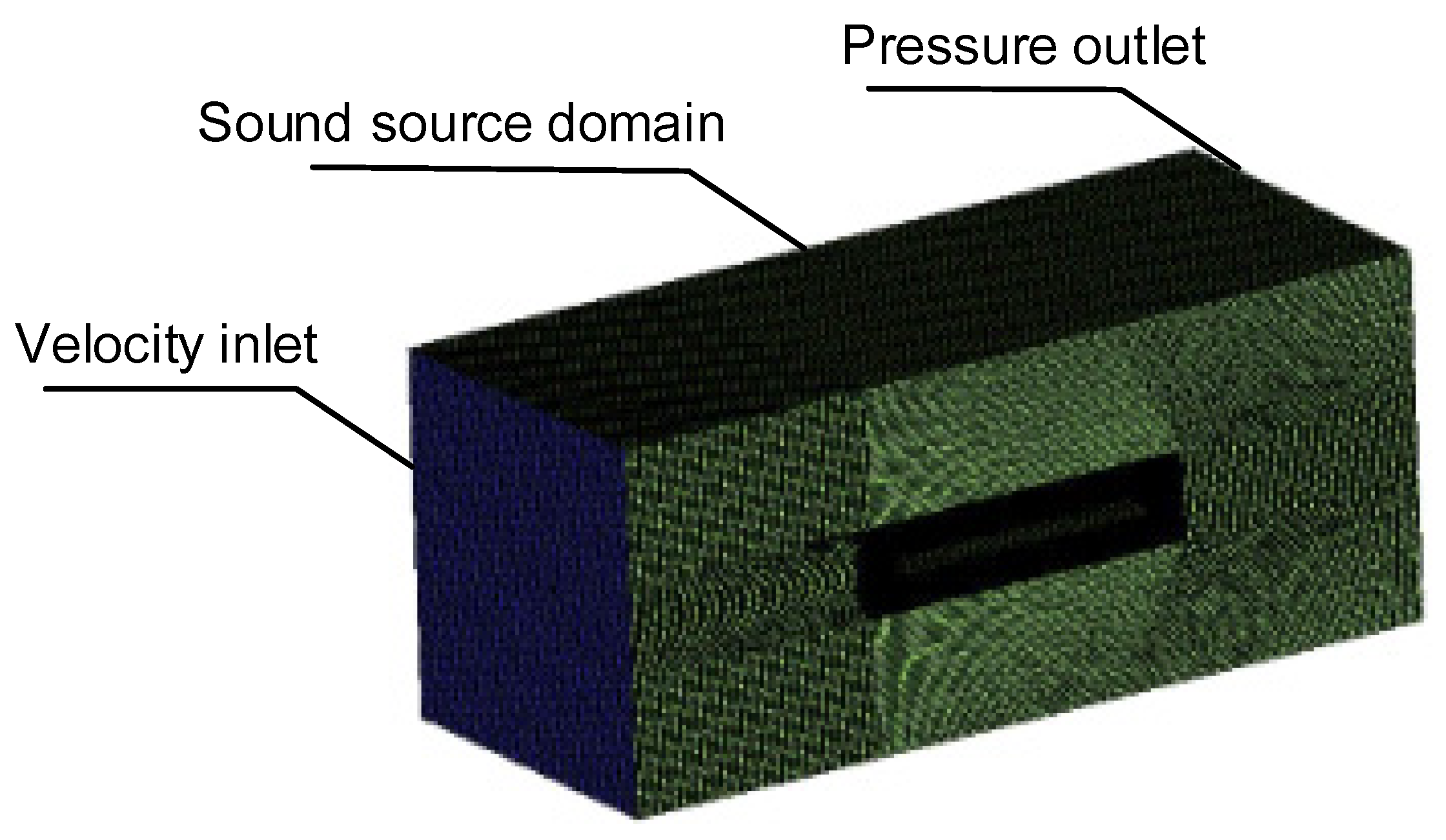
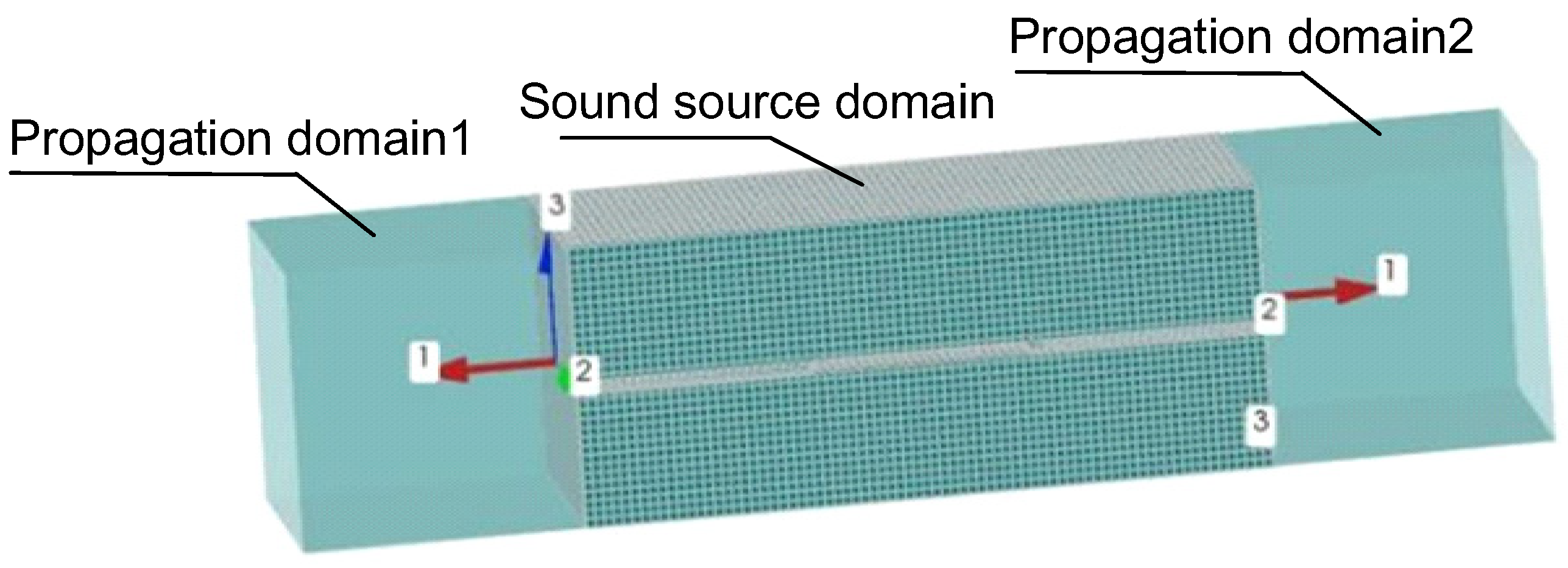
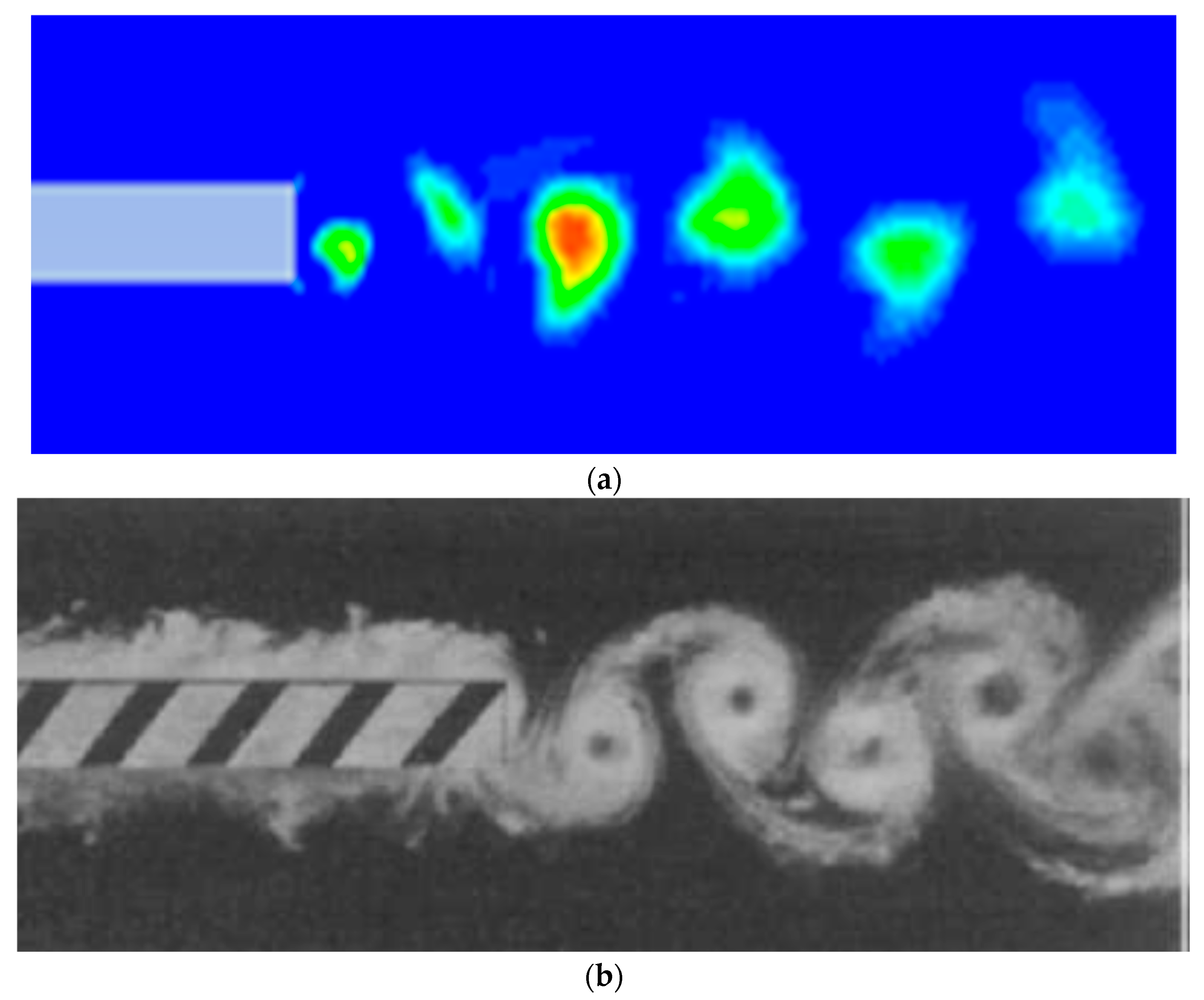
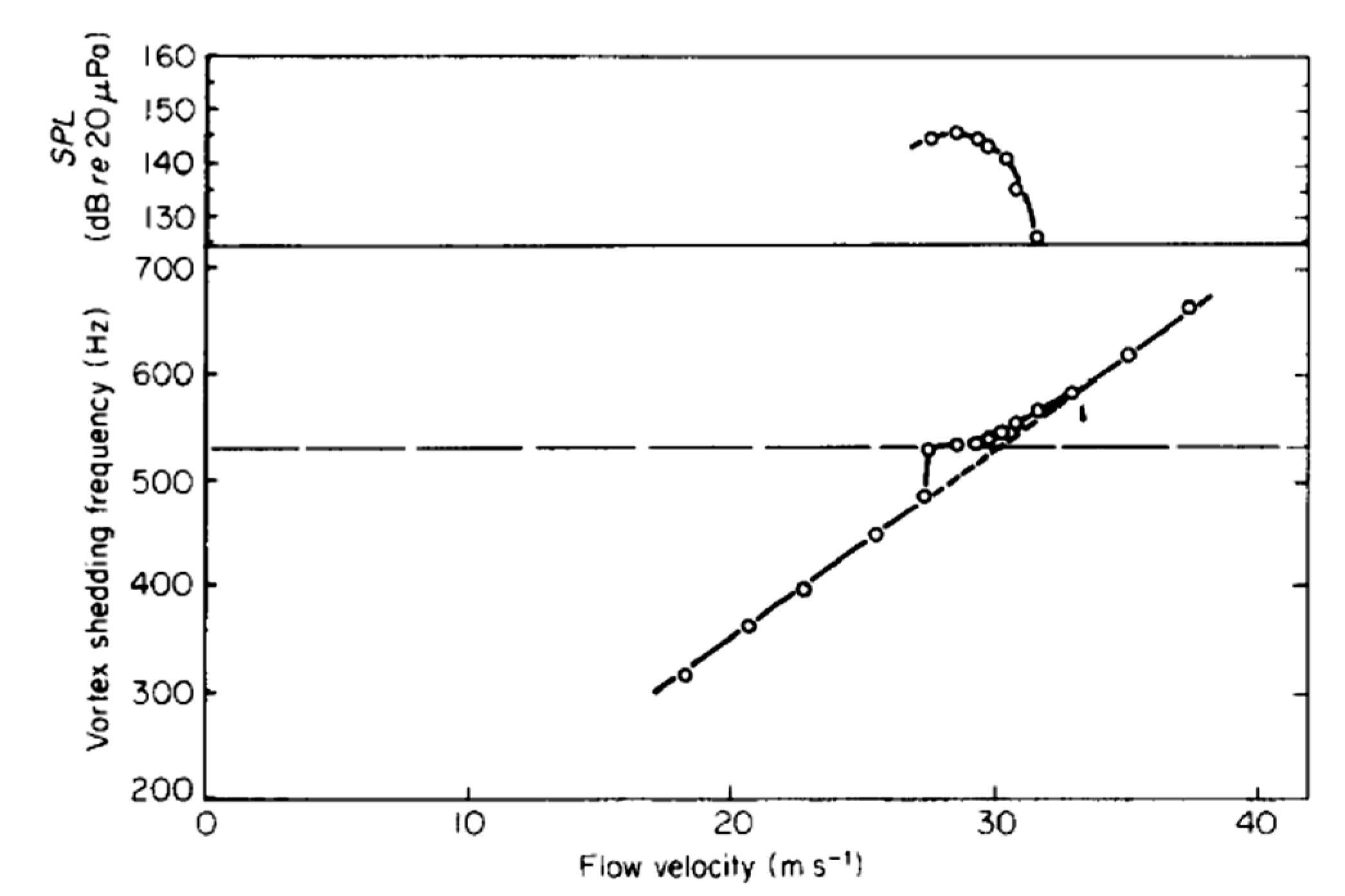
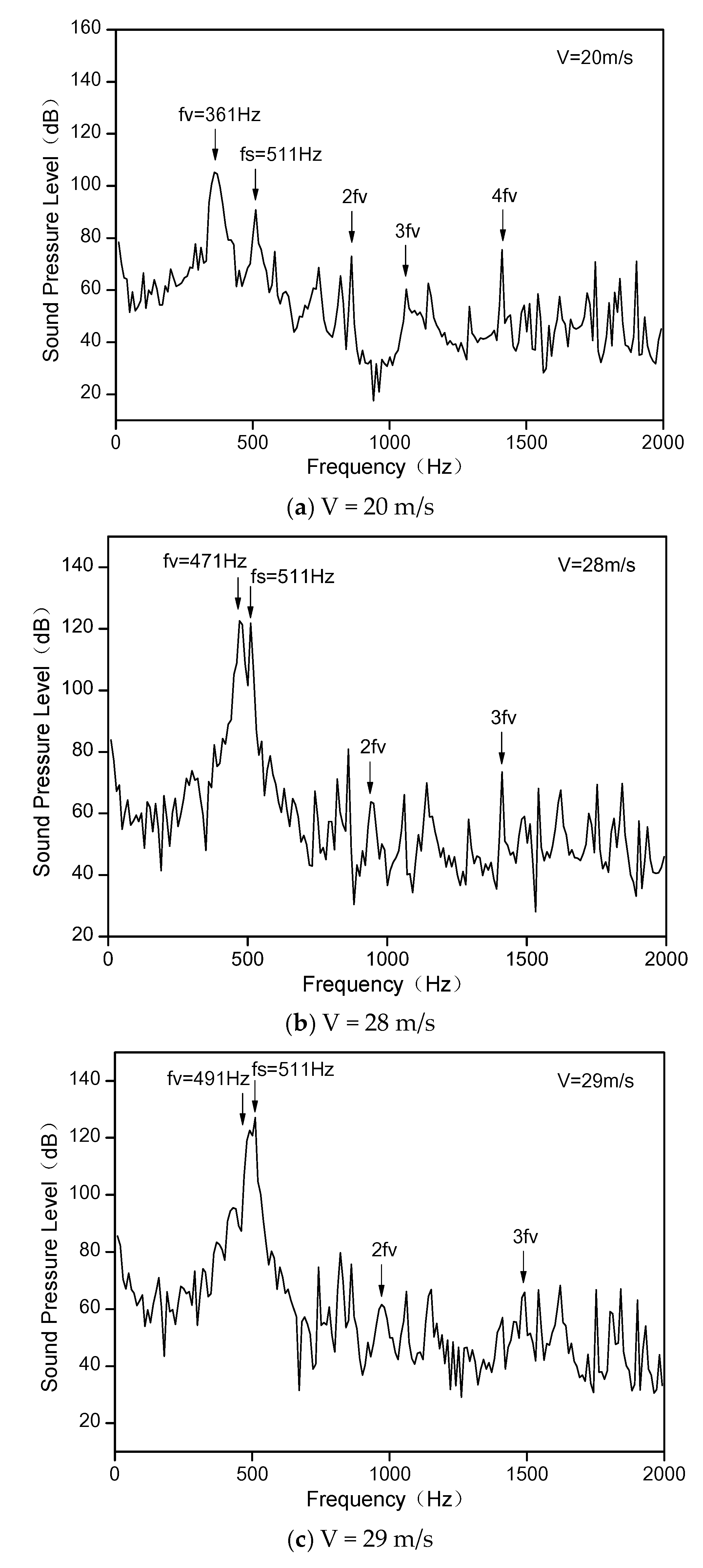
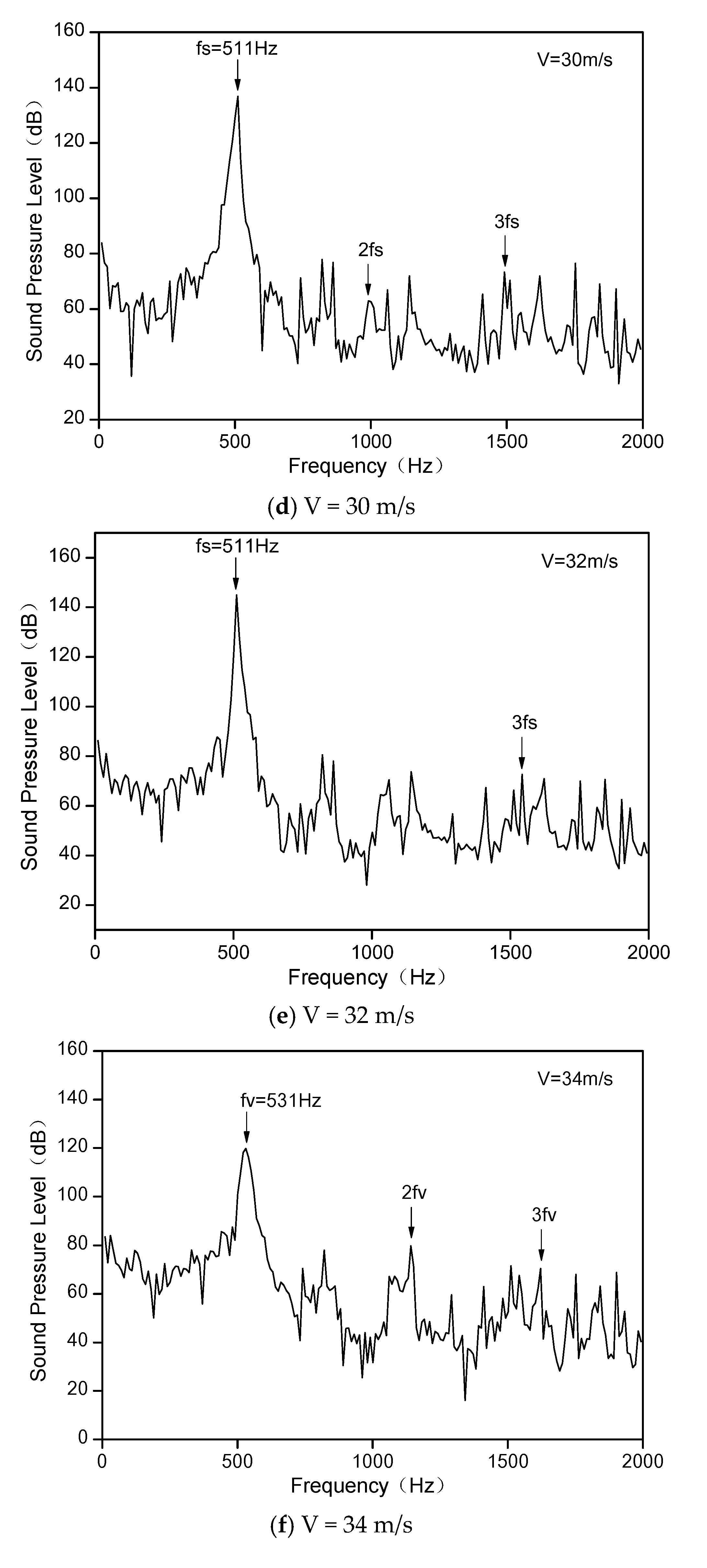
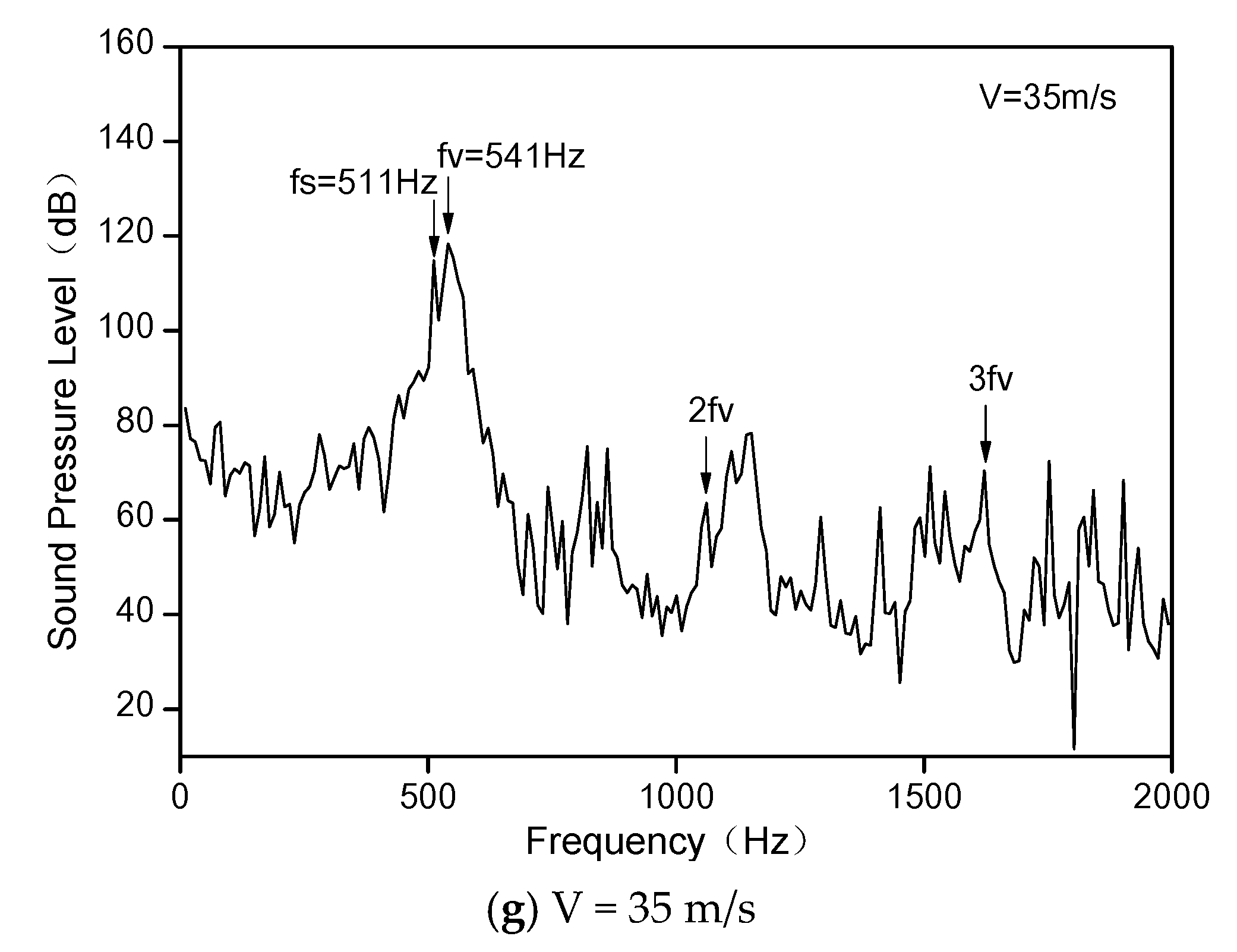
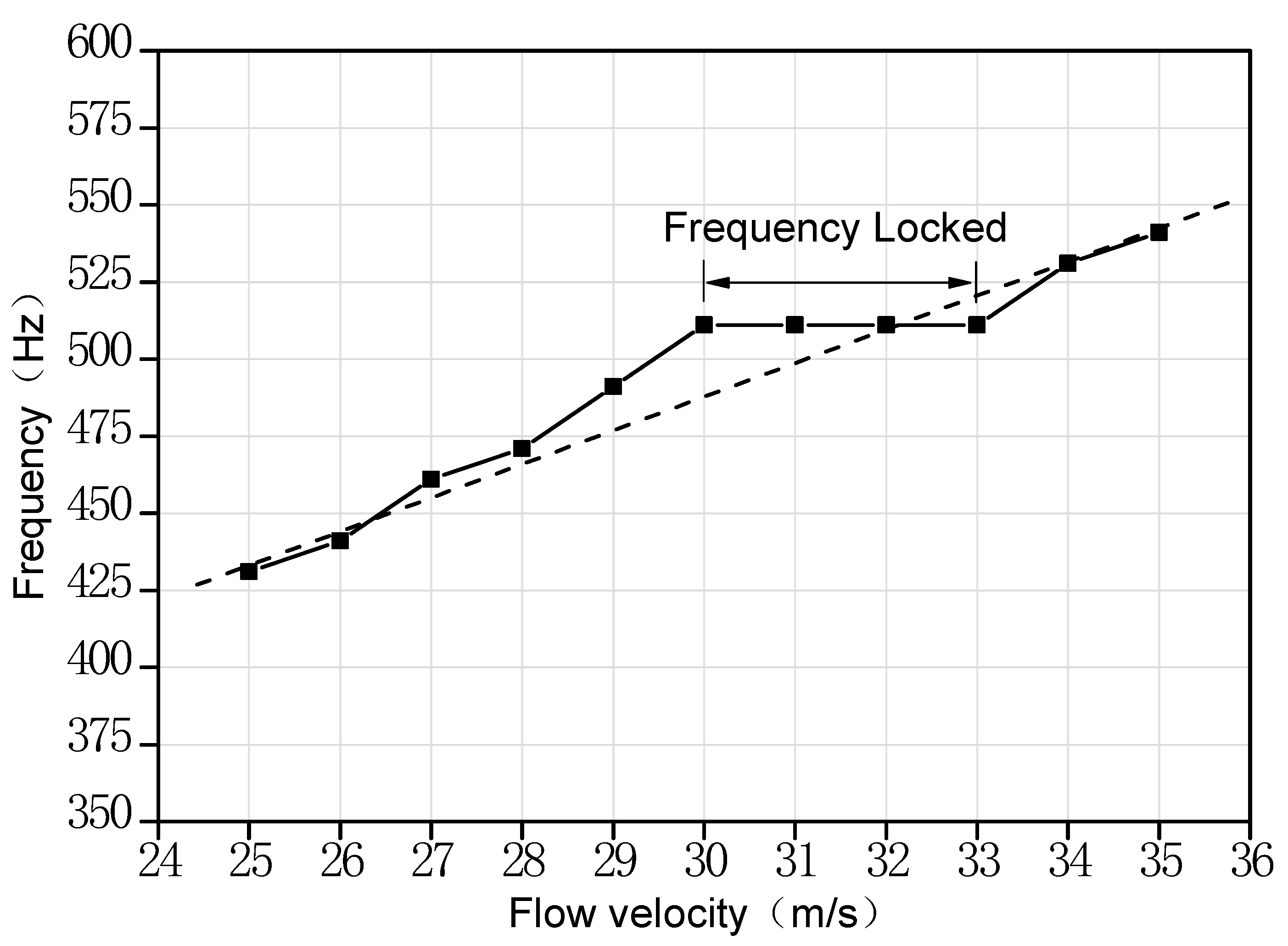
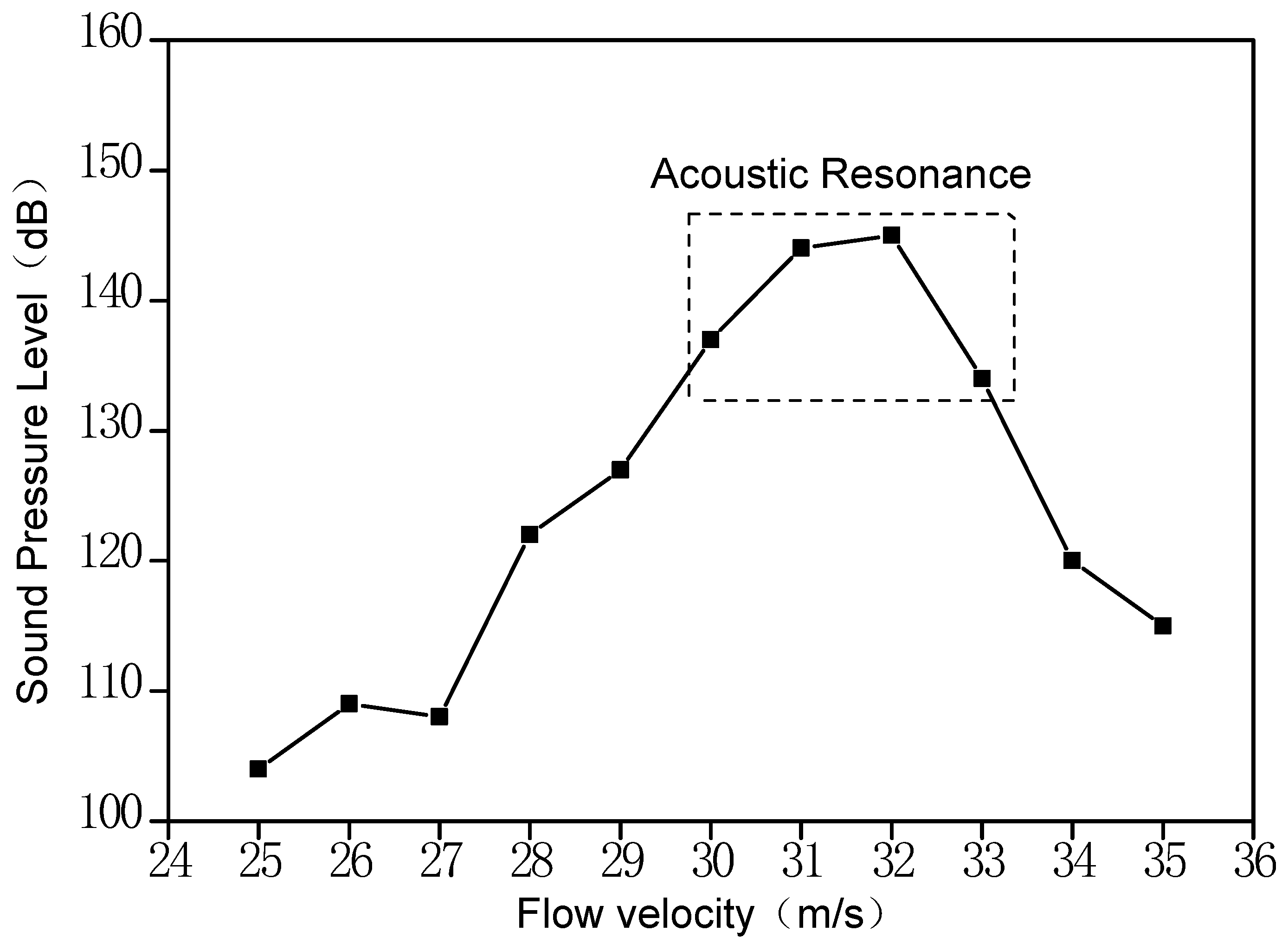
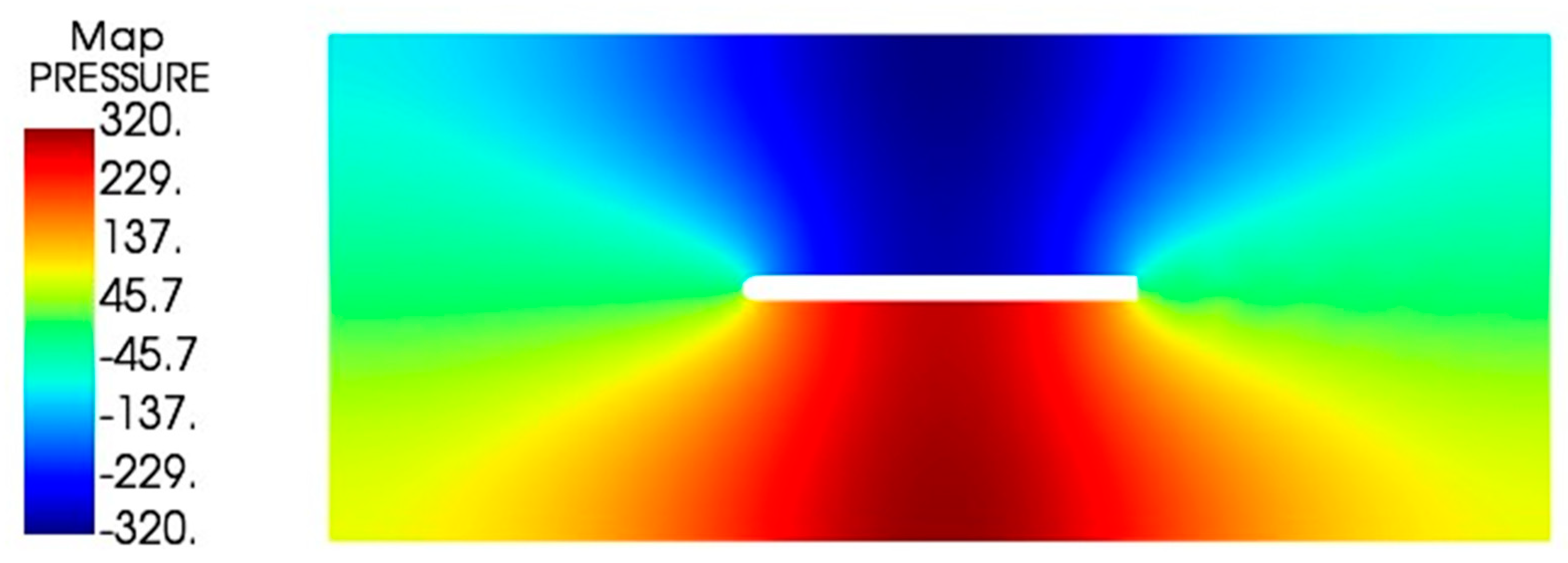

| Rotor Speed (r/min) | IGV (dB) | IGV/Rotor1 (dB) | Rotor (dB) | Stator1 (dB) |
|---|---|---|---|---|
| 9600 | 120.4 | 129.2 | 144.2 | 138.3 |
| 9660 | 122.0 | 128.5 | 144.0 | 138.2 |
| 9720 | 122.5 | 129.2 | 144.8 | 139.7 |
| 9780 | 122.6 | 130.6 | 146.3 | 139.7 |
| 9840 | 124.1 | 134.0 | 149.7 | 142.9 |
| 9900 | 125.4 | 137.2 | 152.1 | 144.9 |
| 9960 | 124.4 | 136.3 | 151.4 | 144.1 |
| 10,020 | 123.3 | 134.4 | 149.1 | 141.7 |
| 9960 | 124.6 | 137.3 | 153.4 | 144.8 |
| 9960 | 126.0 | 138.8 | 153.4 | 146.3 |
| 9960 | 125.6 | 138.6 | 153.3 | 146.1 |
| 9960 | 125.3 | 138.7 | 153.5 | 146.2 |
| 9960 | 124.8 | 138.5 | 153.4 | 146.1 |
| Phase/° | IGV | IGV/Rotor1 | Rotor1 | Stator1 |
|---|---|---|---|---|
| IGV | - | 115 | 142 | 242 |
| IGV/Rotor1 | –115 | - | 28 | 128 |
| Rotor1 | –142 | –28 | - | 99 |
| Stator1 | –242 | –128 | –99 | - |
Publisher’s Note: MDPI stays neutral with regard to jurisdictional claims in published maps and institutional affiliations. |
© 2022 by the authors. Licensee MDPI, Basel, Switzerland. This article is an open access article distributed under the terms and conditions of the Creative Commons Attribution (CC BY) license (https://creativecommons.org/licenses/by/4.0/).
Share and Cite
Zhao, F.; Cui, B.; Wu, F.; Jiang, S.; Yang, M.; Chen, Y. Investigation on Characterization of Typical Characteristic in Compressor Based on Flat Plate Model. Appl. Sci. 2022, 12, 4956. https://doi.org/10.3390/app12104956
Zhao F, Cui B, Wu F, Jiang S, Yang M, Chen Y. Investigation on Characterization of Typical Characteristic in Compressor Based on Flat Plate Model. Applied Sciences. 2022; 12(10):4956. https://doi.org/10.3390/app12104956
Chicago/Turabian StyleZhao, Fengtong, Bo Cui, Fei Wu, Shan Jiang, Mingsui Yang, and Yuying Chen. 2022. "Investigation on Characterization of Typical Characteristic in Compressor Based on Flat Plate Model" Applied Sciences 12, no. 10: 4956. https://doi.org/10.3390/app12104956
APA StyleZhao, F., Cui, B., Wu, F., Jiang, S., Yang, M., & Chen, Y. (2022). Investigation on Characterization of Typical Characteristic in Compressor Based on Flat Plate Model. Applied Sciences, 12(10), 4956. https://doi.org/10.3390/app12104956





